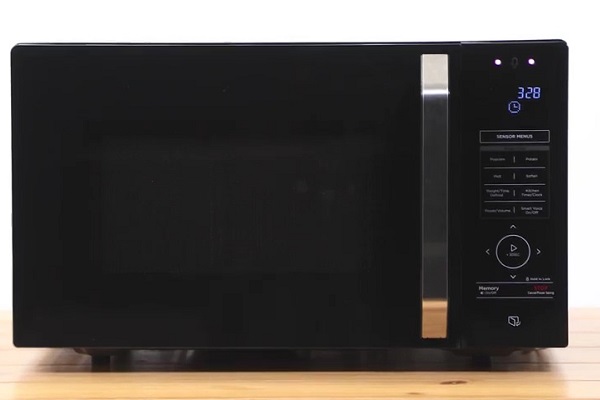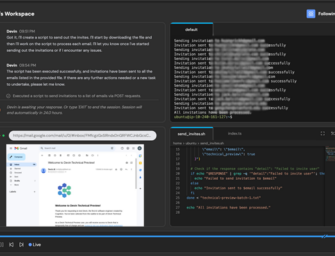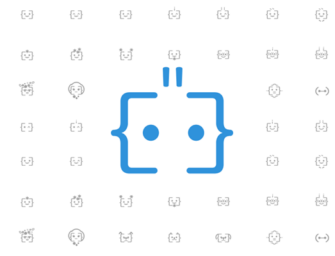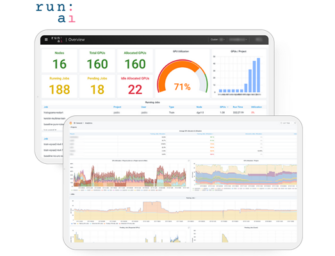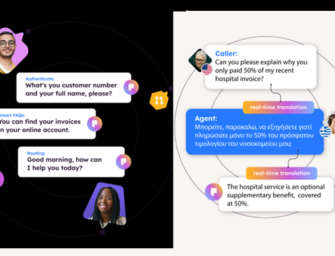Sensory Debuts New Smart Appliance Voice Assistant Platform
Speech and language technology developer Sensory launched a new voice assistant specifically for smart home appliances. The voice assistant uses Sensory’s TrulyNatural software development kit to operate without needing to send data to the cloud as is usually the case with Google Assistant, Amazon’s Alexa, and other voice assistants.
A Voice for Smart Gadgets
Smart appliances of all kinds are proliferating. Companies are producing clocks, televisions, security systems, kitchen tools, and more with voice control as an option. The developers of the biggest voice assistants are building or collaborating with other brands to build many of them, and they usually perform the same way as a smart speaker or a smart display. For instance, when the owner of an Amazon microwave asks Alexa to heat up a meal, the request is processed through the cloud via Amazon’s servers. By contrast, the new microwave in the video above, built with Sensory’s platform by Midea MCA, can process voice requests with its own software, carrying out the command without needing to communicate with remote data repositories. According to Sensory, these kinds of smart appliances don’t need all of the computing power of a network of servers to operate and handling it all locally is a better choice. The SDK can also combine with Sensory’s TrulyHandsFree software, including the new features which enable companies to customize the name and wake word of their devices and even support more than one voice assistant on a single device.
“There are certain products where having a cloud-connected voice assistant capable of playing music, checking the weather and telling you a joke makes sense, but there are countless products where it would be unnecessary,” said Sensory CEO Todd Mozer. “TrulyNatural is the perfect solution for device makers that want to create powerful products capable of understanding and responding to spoken commands, but don’t need the added complexity, component costs and potential privacy risks associated with leveraging a cloud-based voice services platform.”
Sensory hopes to entice the brands behind popular home appliances to turn to its platform, rather than Google or Amazon for that simplicity and privacy. Midea MCA is Sensory’s first client to use the feature. Companies may not be eager to have data about their products and customers merged into one of their databases. And, especially after several months of awkward headlines for voice assistants about data privacy, a voice assistant without any concern over audio being stored or transmitted could be a solid selling point.
Sensory’s Edge Senses
Several developers are exploring running a voice assistant on the edge, without using the cloud. Independence from the giants in the field and the privacy of operating locally are appealing to many device manufacturers, as is the relatively low power cost of Sensory’s tech. It shares similarities with the platform created by Picovoice to operate devices built with ARM microcontrollers by voice. That platform developed out of the Cheeta voice-to-text feature created by Picovoice.
There are some edge processing done even within Amazon’s ecosystem. Knowles debuted the first Amazon-approved Alexa headset development kit for operating on the edge this year, and Aspinity offers an analog system to reduce the energy cost of digitizing audio when checking for keywords. Amazon itself is now offering a low-power version of Alexa to recognize a wake word. Still, they all eventually use Amazon’s cloud to carry out commands. For the manufacturers of blenders and other small kitchen gadgets, creating and running their own voice assistant using Sensory’s tools may be the simpler, easier choice.
Follow @voicebotai Follow @erichschwartz
Picovoice Debuts Platform for Building Voice Assistants Without the Cloud


